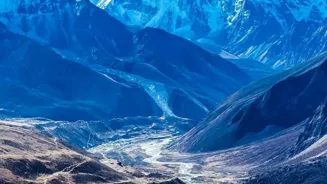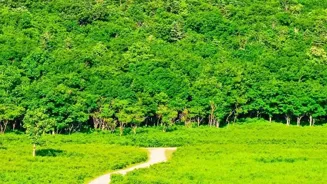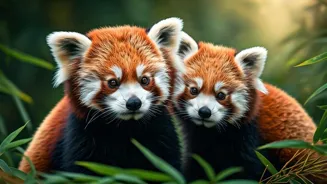Dive into the World of Himalayan Wildlife: Discover 7 Fascinating Species! Explore the diversity and conservation efforts
The Himalayas, a majestic mountain range, isn't just about breathtaking scenery
and snow-capped peaks. It's also a treasure trove of incredible wildlife, teeming with animals uniquely adapted to survive in harsh conditions.

From elusive cats to soaring birds, the Himalayan ecosystem supports a diverse range of creatures. Let's explore seven fascinating species that call this mountain range home, and learn why conserving their habitat is so important. This journey will surely enhance your respect for nature.
Snow leopard: symbol of Himalayan wildlife, faces threats
The snow leopard, often called the "ghost of the mountains," truly defines the Himalayan wildlife experience. This powerful cat is perfectly camouflaged against the rocky landscape, with its thick grey fur and dark spots. They are solitary creatures, skilled hunters that prey on blue sheep and ibex.
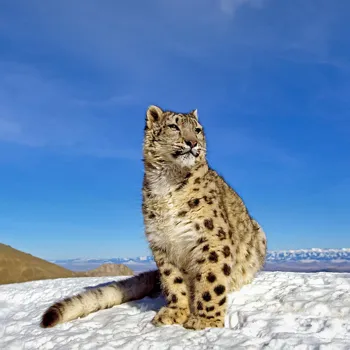
Conservation efforts are vitally important as their populations are threatened by habitat loss and poaching. Imagine spotting one of these elusive creatures; a very rare sighting. This magnificent cat rules the highlands.
Himalayan tahrs: sturdy mountain goats adapted for harsh terrain
Next on our list is the Himalayan tahr, a sturdy mountain goat with a shaggy coat. They are well-equipped for navigating the steep slopes of the Himalayas. Their specially adapted hooves provide excellent grip, and their thick fur keeps them warm during the harsh winters.
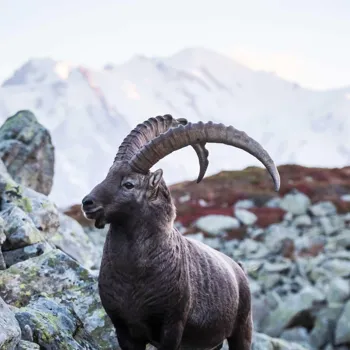
These animals are quite social and are often seen in herds grazing on grasses and shrubs. Witnessing a herd moving effortlessly across a rocky terrain is a sight one never forgets. Remember to admire from a distance and allow them space to roam.
Red panda conservation crucial for their future in Himalayas
The red panda, a charismatic creature, is another Himalayan species that deserves our attention. With its reddish-brown fur, bushy tail and adorable face this animal has captured the hearts of many. They primarily feed on bamboo, spending their days foraging in forests.
They are also endangered due to habitat loss and poaching, unfortunately. Supporting their conservation is crucial to secure their future. Conservation helps keep the forest thriving.
Himalayan monal: vibrant bird faces deforestation threat
The Himalayan monal, a bird with dazzling plumage, is truly a sight to behold. The males boast iridescent feathers in shades of green, blue, and purple making them very attractive. They are often spotted foraging on the ground for roots and insects.
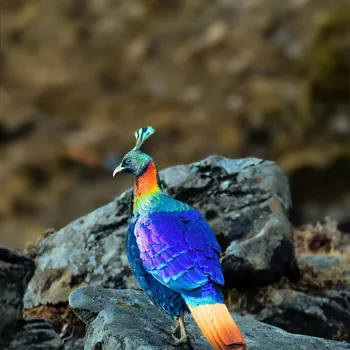
Deforestation poses a significant threat to their habitat, with efforts needed to protect their forest homes. Their vibrant colors add beauty to the Himalayan landscape. Let us preserve their habitat so that everyone can spot it.
Conservation efforts crucial to protect musk deer from poaching
Next we have the musk deer, a shy and elusive creature, known for its musk glands. These glands produce a strong-smelling secretion used in traditional medicine and perfumery. Sadly, this has made them a target for poaching.
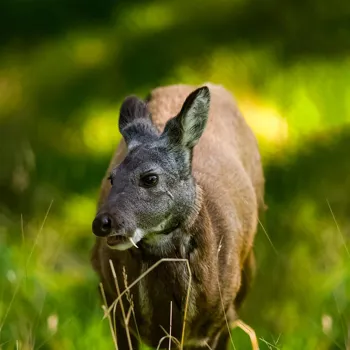
Conservation initiatives and protection laws are essential to safeguard these animals from further exploitation. They are crucial part of the Himalayan ecosystem. We must protect the musk deer from poachers.
Himalayan brown bear faces threats from habitat destruction and humans
The Himalayan brown bear, a powerful predator, is one of the largest mammals found in the region. With its thick fur and strong claws, it is well-adapted to survive the cold climate. They are omnivores, feeding on plants, roots, insects, and small animals.
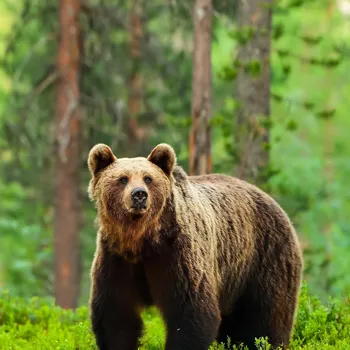
Habitat destruction and human encroachment pose a threat to their populations. It's crucial for people to learn how to co-exist peacefully with these bears. This will ensure the safety of both humans and the bear population.
Golden eagle, a skilled hunter, soars high above Himalayas
Last but not least, the golden eagle, a majestic bird of prey, soars high above the Himalayan peaks. With its impressive wingspan and sharp eyesight, it is a skilled hunter. Golden eagles are often spotted circling in the sky searching for prey such as marmots and hares.
Protecting nesting sites and ensuring availability of prey are important for their conservation. Seeing them fly is a truly mesmerizing experience.
Himalayan ecosystem preservation for diverse animal protection
The Himalayan region is a vital area and the ecosystem needs preservation. Each of the animals discussed have different qualities. Conservation of habitat is crucial for protecting the biodiversity. Efforts to protect the forest are needed to protect the animal population.
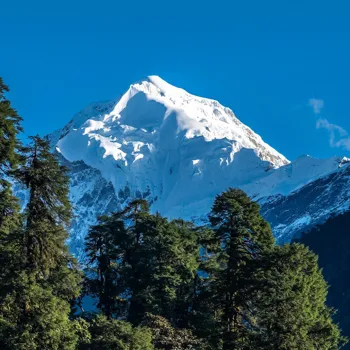
If you trek in the Himalayas, remember to respect nature and wildlife.
Himalayan biodiversity threatened by climate change and human activities
The unique biodiversity of the Himalayas is under threat with multiple factors affecting the animals. Climate change, deforestation, and increasing human activities all contribute to problems. Changes in temperature affect plants and animals.
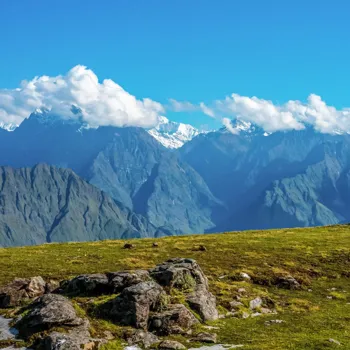
The lack of habitat has put some animals at risk of extinction. It is important to spread awareness about the problems animals face.
Conservation efforts for snow leopards need community involvement and habitat protection
Protecting the population of snow leopards requires combined work. Anti-poaching patrols and the management of habitat zones are crucial. Working with local communities is also necessary to encourage conservation. They depend on the resources the environment provides and can be powerful allies.
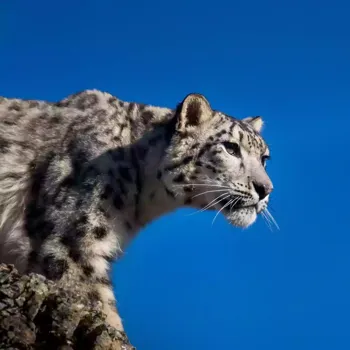
It is also important to note the significance of the mountains.
Red panda population declines; conservation efforts crucial for ecosystem
The population of red pandas has decreased to critical levels in the Himalayas. Conservation efforts include habitat restoration and reducing deforestation. Creating bamboo forests and working with local communities is also necessary. This helps to establish a protected environment in the area.

Protecting these pandas is vital for the entire ecosystem.
Responsible tourism for environmental conservation in hill area
There is a need for immediate action to ensure the area's protection. Responsible tourism can contribute to environmental conservation efforts. Choose eco-friendly tours and accommodations and support sustainable practices. This can benefit the local community and the environment.
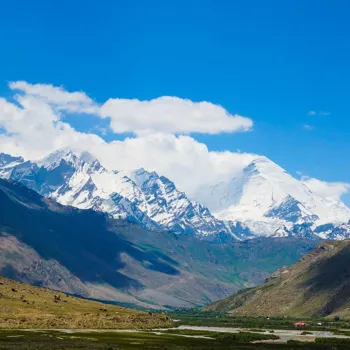
Tourists can enjoy the beauty of the hills while protecting nature.
Conserving Himalayan wildlife for a thriving ecosystem
The Himalayan wildlife is an important part of the planet. By learning more about the animals we can better protect them. The conservation of biodiversity requires the work of tourists, local communities, and governments. It will ensure that the majestic ecosystem of the Himalayas will flourish.
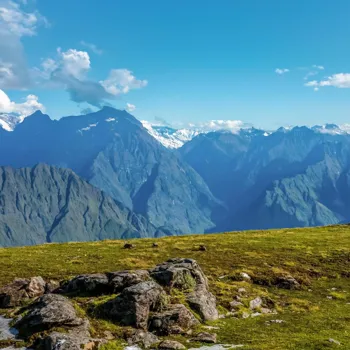
Hopefully we can protect these animals for the next generation.
AI Generated Content. Glance/InMobi shall have no liability for the content